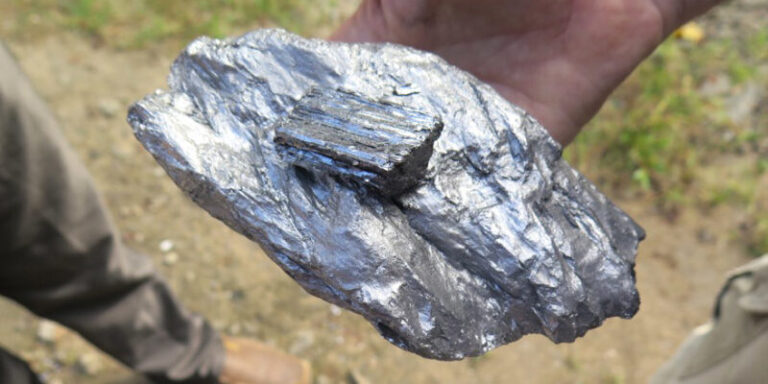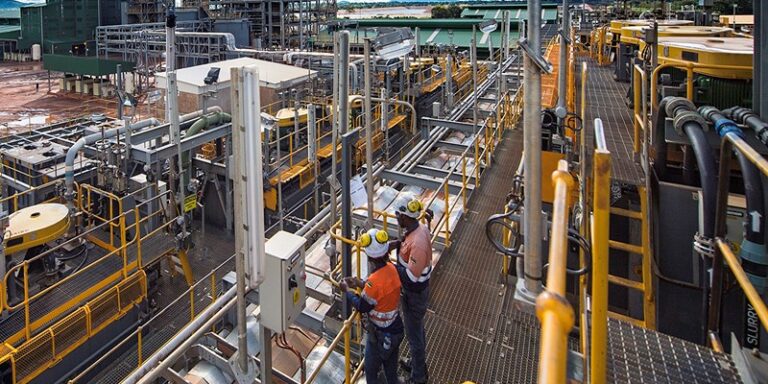
Lithium is becoming a highly sought-after commodity in the drive to achieve a net-zero global economy. The International Monetary Fund (IMF) has warned that by 2030 the global economy will have to have reduced its greenhouse gas emissions by at least 25% in order to meet the goal set in the 2015 Paris Climate Accords to limit the global temperature increase to 1.5°C.
One way of achieving this goal is by taking steps to reduce global carbon dioxide (CO2) emissions to net-zero by 2050.
As the global economy transitions towards a net-zero scenario, the demand for raw minerals which are vital to many clean energy technologies will increase.
These minerals include lithium, copper and nickel. The International Energy Agency estimates that by 2040 the global demand for these vital minerals may exceed the current demand for coal.
Today, the production and processing operations for lithium are concentrated mainly in Australia, Chile, and Brazil. Efforts to increase lithium production have now placed a new focus on Zimbabwe, which has the largest lithium reserve in Africa and the sixth largest lithium reserve in the world.
Zimbabwe is also estimated to have the highest number of lithium projects under exploration on the African continent.
Some notable lithium projects over the past two years in Zimbabwe include: the US$422m deal where Zhejiang Huayou (world’s biggest producer of cobalt) acquired controlling rights to Zimbabwe’s Arcadia mine [Prospect Lithium (Pvt) Ltd]; the Premier African Minerals Limited joint venture agreement with Li3 Resources Inc to acquire a 50% interest in Premier’s lithium assets located in Mutare; the acquisition of a 100% stake in African Metals Management Services and Southern African Metals and Minerals by Hong Kong’s Sinomine for US$180m (Bikita Lithium Mine); and, more recently, the potential acquisition of a Zimbabwean lithium mine between China Natural Resources Inc, Feishang Group Limited and Top Pacific (China) Limited valued at approximately US$1.75bn. (This deal had not been completed at the time of publishing.)





